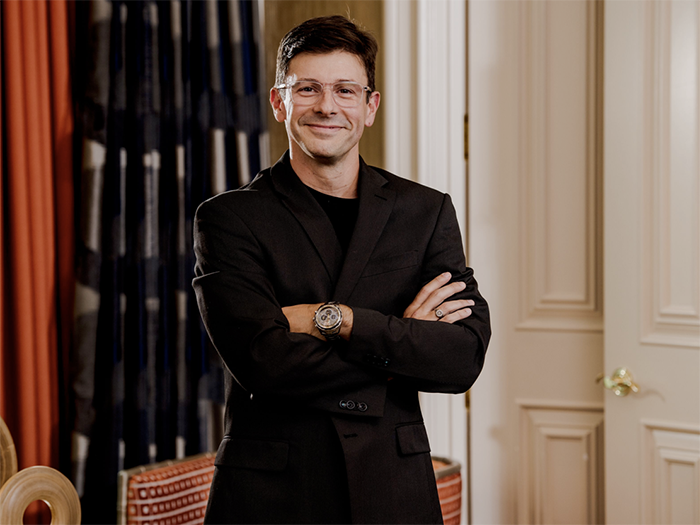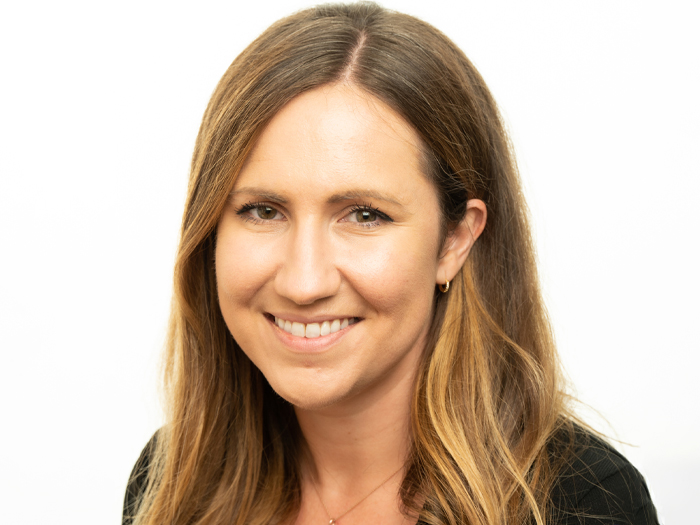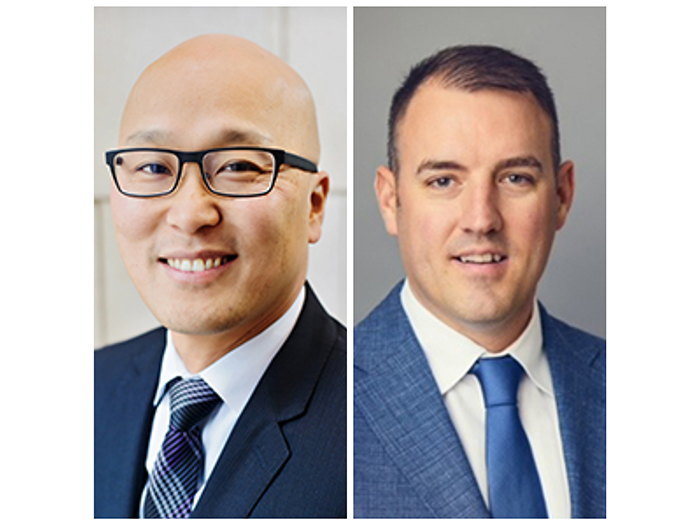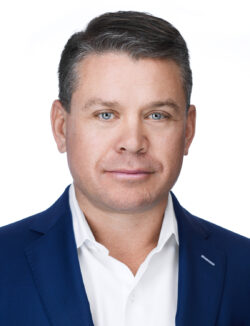Rising Star Phil Huffman Sees a Bright Future for Manufacturing Despite Some Clouds Ahead
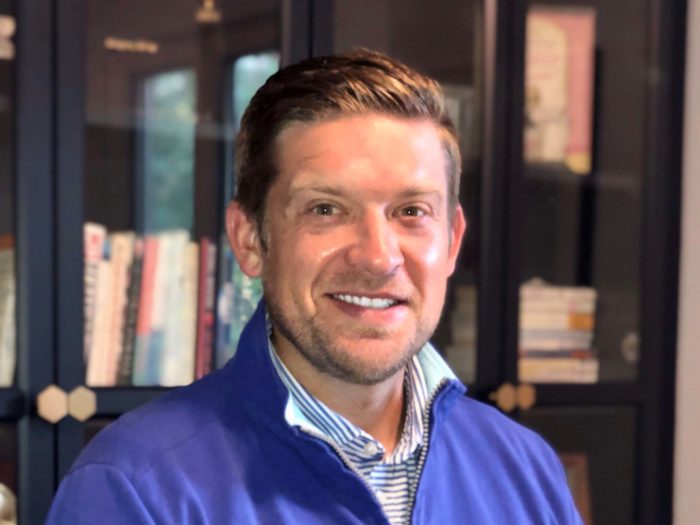

Come see the Stars! As part of our ongoing coverage of the best brokers in the commercial insurance space, Risk & Insurance®, with the sponsorship of Philadelphia Insurance, is expanding its coverage of the Rising Stars — those brokers who represent the next wave of insurance brokering talent.
Look for these expanded profiles on the Risk & Insurance website and in your social media feeds now and continuing into 2023.
Here’s our conversation with Phil Huffman, senior vice president and growth leader at Marsh, and a 2022 Manufacturing Power Broker Finalist and Rising Star.
Risk & Insurance: What led you to pursue a career in brokerage, and then from there, how did you get into manufacturing?
Phil Huffman: Like a lot of people, I stumbled into brokerage and insurance.
A good friend of mine from school left underwriting around 2013 to pursue a career in production at Willis. Around that same time, I was considering a career change.
Three years into a management track in banking, I really wanted to get back into large account business development. He introduced me to their new office head, and we immediately hit it off. After one meeting and a discussion around my experience, the types of clients I had worked with historically, and why I was seeking a change, she made an offer and I jumped at it.
As I started to build a name for myself within Willis and in Pittsburgh, other brokers started calling. In learning more about the competitor landscape and how other brokerages operated, Marsh really stood out. It was the model, the way they P&C operation was set up, the resources, and the overall depth of expertise that made my decision to move an easy one.
I made that change back in 2015 and it’s been a really phenomenal pathway from there.
More than anything else, I found a niche in manufacturing by being here in western Pennsylvania. In the last 20 years, western PA, northeast Ohio, and West Virginia have come a long way from the Rust Belt moniker that they’ve always been associated with. They’re manufacturing hubs are their core, and manufacturing here is a really diverse sector.
I work with value-added raw material manufacturers and suppliers, firms that build 3D printers and really everything else in between. These companies are tackling really complex problems, and they’re doing it well, all while navigating a ton of new challenges in the marketplace.
Working alongside their teams, strategizing on how we can help them innovate and grow, and really take intelligent risks is a really fun part of the job.
R&I: Are there any manufacturing subsectors that you’re especially excited about?
PH: Electric vehicles [EV] and really whatever develops alongside that market. I know there’s a lot of talk about hydrogen and other power sources, but I think the EV boon is really exciting. From a risk perspective, there’s a lot to think about.
Whether it’s the new plant construction happening, supply chain challenges, raw material availability, or considerations around battery transportation, storage, and recycling, it’s certainly a space where brokers will have their work cut out for them.
Additive manufacturing is another cool industry. It’s a sector that I’ve spent a lot of time in for the past four or five years. The technology’s impact on the broader manufacturing sector is something that’s really interesting right now, especially from a light-weighting, tooling, and prototyping standpoint. I think we’ll continue to see more of that come onto the shop floors.
I also do a lot of work in plastics. That’s another really interesting subsector right now. You’re seeing a lot of material transformation, especially around ESG initiatives and the corresponding pressures for these companies to close the loop as relates waste.
Lastly, the semiconductor and chip space; that’s been a hot topic given where we’ve been these last few years, and what we’ve seen in automotive and other associated industries. Given the government’s pending intervention in that sector, I think you’ll see some increased expansion. Obviously, you have the big players, but I think there could be a lot of new competition in that space as well.
R&I: It seems like a lot of U.S. manufacturers may be able to access funding through the Chips and Science Act. How do you see that boost impacting your client’s insurance coverages?
PH: There’s a lot to unpack there, because I think it’s mostly a “wait and see” scenario. A few major players have already announced significant capital investment in the U.S., and I’m sure we’ll see more of that.
Projects of that scope and scale will certainly bring new risks and insurance products into focus for some of the companies getting those projects underway. We will probably see more OCIPS and CCIPS and other different structures for these new buildouts and expansions. Sureties will probably be tested, given supply chains and liquidity concerns. I know that there were a lot of recent conversations around the construction of these new facilities given shortages in steel and other materials needed to actually put these plants up.
With the funding that’s available, you’re probably going to see a lot of new market entrants. So when you think about the legacy companies, say there are 20 chip manufacturers in the U.S. now, and say 20 more emerge over the course of the next however many years. Could there be quality issues early on? Could the recall market be tested along the way? Those are coverages that you potentially consider.
You also have a portion of this funding that will be available via loans. If you look at what happened with the CARES Act during the height of the pandemic, and subsequently what’s happening now, there is a lot of scrutiny around how those funds were secured and ultimately deployed. You certainly see a lot of lawsuits now around misappropriation or misuse of those funds. Could you have that at some point and see the D&O markets be tested?
A big driver of this bill is directed towards combating other markets, namely China. When you think about re-shoring or onshoring and taking a bite out of their economy in an effort to bolster ours, conversations around cybersecurity, intellectual property, trade secrets cover, all come back into focus as well. We talk with a lot of technology companies and our manufacturing clients about protecting their intellectual property, so you may see an uptick in the utilization of that suite of coverage for organizations that maybe haven’t considered it in the past.
R&I: The World Trade Organization recently forecasted a slowdown in global trade for 2023. From the brokerage side, what can be done to help your clients brace for the ripple effects?
PH: I think it’s really similar to some of the concerns that manufacturers had during the height of COVID.
The overarching topic that we discussed than any other with clients was liquidity, and their ability weather any volatility that was coming through. In situations, for instance, where collateral is a burden on cash or revolving credit facilities, clients can work with their brokers to explore alternative collateral structures that still support their obligations.
Also, when you think about where some of our multinational clients have operations, political risk and trade credit are two vehicles we should be discussing; making sure that they are able to handle any adverse events that might happen in the various locales they operate in.
Alongside that, brokers should get closer to their clients’ decision-making teams during times like this in an effort to provide better insights around risk financing. Risk management strategies and the corresponding programs can’t stay stagnant when you have increased volatility.
More than anything else, we need to keep information flowing. We’re seeing change happen not just in manufacturing but across all industries, at scale, every single day. Making sure that our clients are aware of the work that we’re doing — every tool that’s in [our] toolbox — is incredibly important, especially when they’re facing new challenges.
R&I: What are the pillars of your brokerage philosophy? How have they helped you support your clients through economic volatility?
PH: Being extremely transparent with clients and beginning any planning process early are both critically important. The markets have seen a lot of chaos over the past few years, and at the end of the day our clients are the ones feeling the greatest impact. Making sure that they have time and data they need to process these hard truths and make tough decisions will be paramount moving forward.
In a production and client service, I think about trying to be helpful even when I’m not the one that can solve the problem. Some of the more impactful work I’ve done for clients has had nothing to do with brokerage: Maybe they’ve needed an attorney for a special project or they’ve been having problems with their bank and are looking for alternatives. Leveraging my network to help clients resolve other issues has gone a long way in building trust and making sure that they’re succeeding in their roles. It’s going above and beyond the insurance transaction.
An old boss told me a long time ago, “If you take care of people, everything else takes care of itself.” That’s something that stuck with me through every part my career. Getting to know clients down to why they do what they do and how they are measured for success within those roles is extremely important. If your efforts are aligned with those things, it’s really hard to go wrong. &






